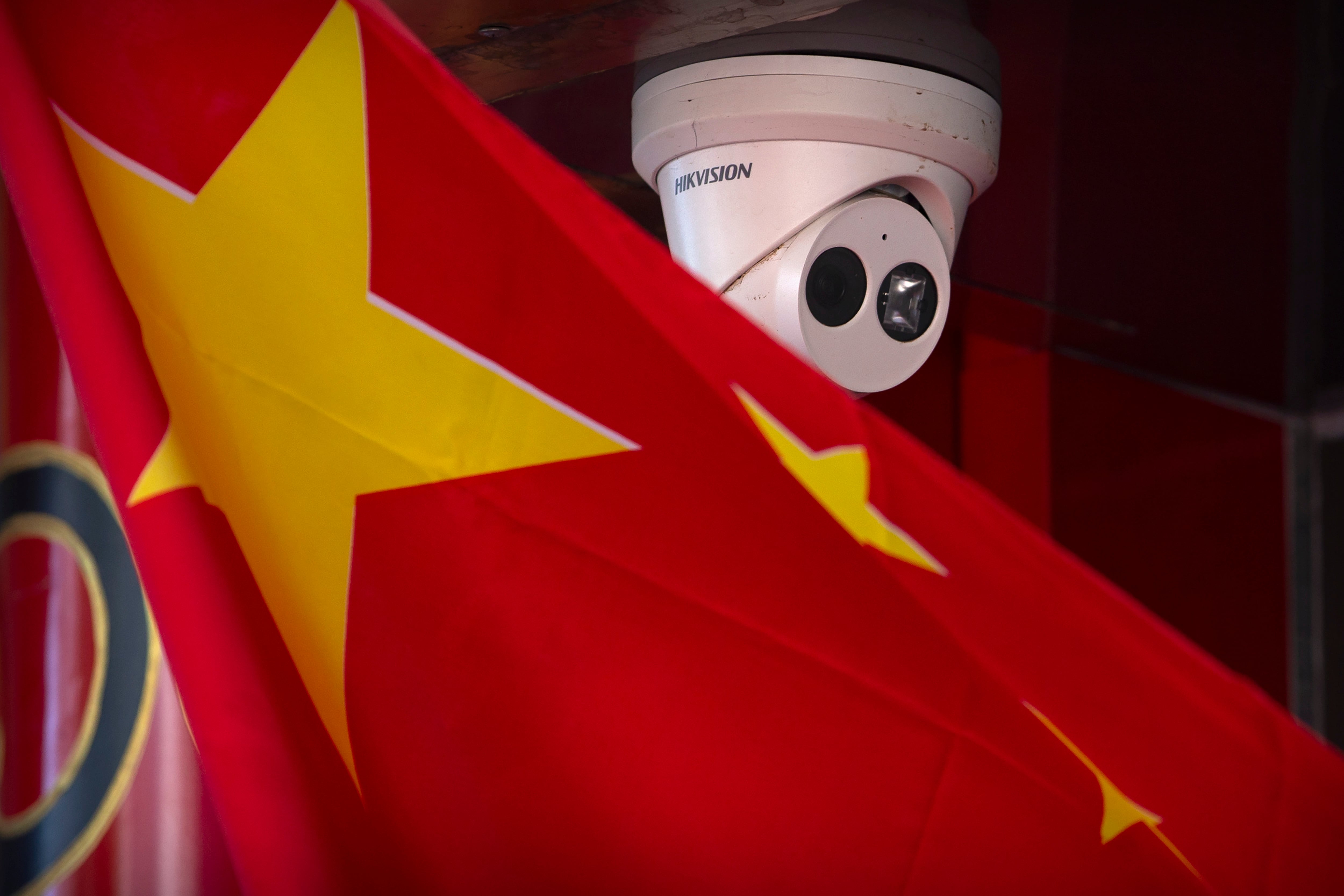WASHINGTON ― Defense contractors would be required to tell the Pentagon if China, Russia, Iran and North Korea made any of the printed circuit boards in systems they were supplying, under legislation Sen. Josh Hawley, R-Mo., introduced on Wednesday.
The PCBetter Act would also establish a 10-year electronics supply chain fund of an unspecified size aimed at strengthening U.S. manufacturing of electronics and supporting implementation of supply chain security initiatives, according to a fact sheet.
That step would likely be seen as a boon to the American electronics industry, which says the number of U.S. companies that make circuit boards has atrophied from 1,500 in 2000 to fewer than 200 today, with most manufactured in China.
The coronavirus pandemic woke up Washington to how many of the country’s supply chains moved overseas, sparking President Joe Biden to order his administration to submit reports on supply chain risks.
“Chinese printed circuit boards pose a serious threat to the integrity of America’s defense systems,” Hawley, a member of the Senate Armed Services Committee, said in a statement Wednesday. “It is imperative that we give the Department of Defense the tools it needs to secure its printed circuit board supply chains, so that our warfighters can have full confidence in the weapons they rely on to protect our nation.”
The idea behind a spate of new laws to target the use of Chinese technologies by defense contractors has been to lessen U.S. dependence on electronics from China, which is seen as a strategic rival that could use sabotage or hack American systems. However, those same laws have saddled the defense industry with a raft of requirements it sees as costly and cumbersome.
The new bill would require contractors, when they supply the DoD with an IT system, to provide a list of each printed circuit board, attesting to whether it was made in a covered country or not ― or if the provider could not make a determination.
It would also establish a testing, remediation and prevention regime to address vulnerabilities in IT systems that contain or may contain printed circuit boards made in those countries.
RELATED

It would mandate implementation standards for several laws from recent years that target Chinese-made technology. Those include a ban on Chinese telecommunications and video surveillance gear (Section 889); limits on the DoD acquiring printed circuit boards from China and others (Section 841); and requirements that defense microelectronics meet trusted supply chain standards (Section 224).
The National Defense Industrial Association’s policy chief, Wes Hallman, said industry is “broadly supportive” of the aims of “well-meaning” legislation to ensure defense systems aren’t corrupted by an adversary. However, he said, defaulting to a static, compliance-based mode won’t be effective against ever-changing threats.
What industry does favor is fostering safer alternative suppliers domestically, as Hawley’s bill intends to do.
“Nobody wants to be dependent on single source, especially a single source that’s problematic,” Hallman said. “The defense-industrial base and NDIA has been highly supportive of making investments in domestic capabilities in microelectronics.”
Meanwhile, the electronics trade group IPC has been lobbying Washington for a lifeline and measures to strengthen the defense electronics-industrial base. The trade group has encouraged the Pentagon to continue making strides to understand the complex supply chain for the electronics it uses.
“I would suggest to you that DoD does not yet have the full visibility that it wants or needs into that supply chain,” said IPC’s government relations lead, Chris Mitchell.
The conversation comes on the heels of the House Armed Services Committee establishing a defense supply chain task force expected to tee up fast legislative fixes for inclusion in the next defense policy bill later this year. The Pentagon has launched an assessment of fragilities in its supply chains in response to Biden’s recent order.
Joe Gould was the senior Pentagon reporter for Defense News, covering the intersection of national security policy, politics and the defense industry. He had previously served as Congress reporter.








